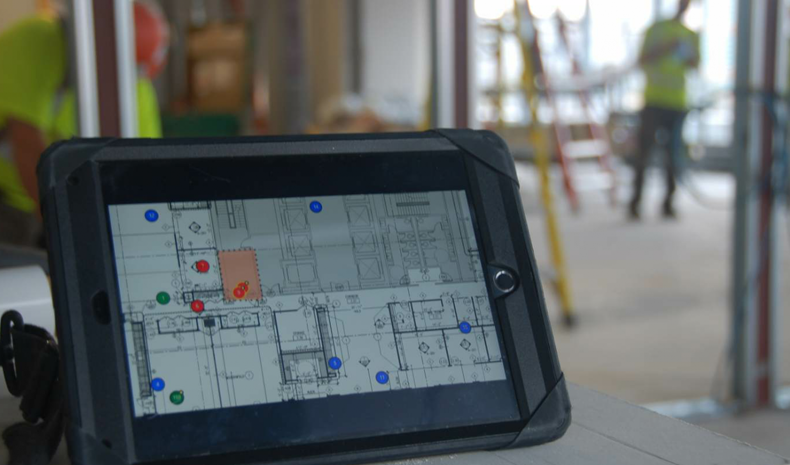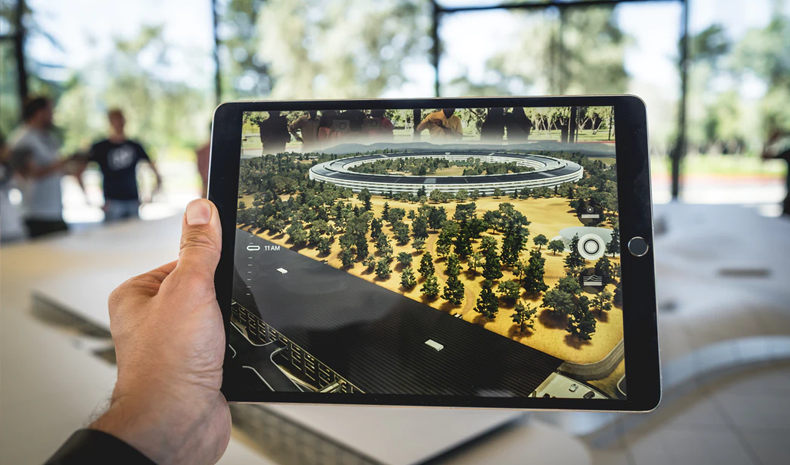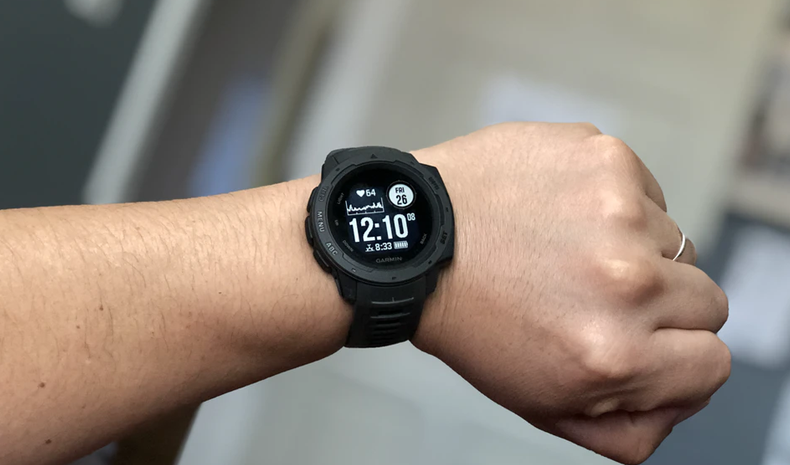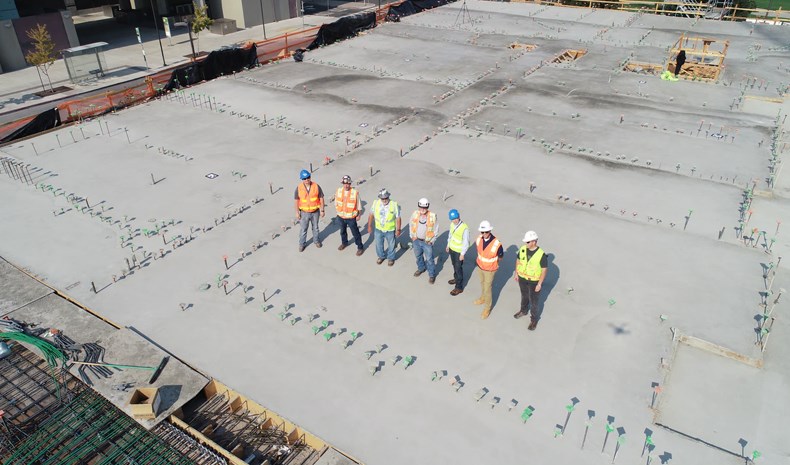The following is a guest article from Rose Morrison of Renovated. Submit your own article or building project to be featured on the BIMsmith Blog.
Construction is one of the world’s most dangerous industries. According to OSHA statistics from 2014, the construction industry is responsible for 20% of workplace fatalities. Safety has changed a lot in the last few decades, but technology has only recently started to impact construction site security.
How are digital technologies transforming construction site safety?
The Internet of Things
The Internet of Things, or IoT, closely links with household appliances and devices designed to turn existing structures into smart houses. While there are many residential and personal applications for these devices, they’re also emerging into commercial sectors as a valuable tool. Networked IoT devices can communicate almost instantly in real-time.

Image Source: TechRepublic
On a construction site, this sort of instant communication can improve job site safety. Networked sensors can advise workers of hazards as they approach them. It’s even possible to program IoT-enabled equipment to shut down if it detects an employee in an unsafe area. Instead of investing in new equipment, retrofit your existing fleet and structures with IoT sensors. It ends up being a more cost-effective way to get the same results.
Building Information Modeling
Building information modeling, or BIM, is quickly becoming one of the most valuable tools in the entire construction industry. This technology is relatively new, but it’s filling in the gaps CAD left behind in modeling and imagery. Instead of jumping through hoops, creating scale models and blueprints, construction companies can use BIM to create comprehensive 3D images they can navigate on a computer or in person through virtual or augmented reality.
 Image Source: AsphaltPro
Image Source: AsphaltPro
BIM is beneficial for more than modeling. It is also a useful tool for predicting and thus preventing health and safety issues before they occur. According to OSHA statistics, roughly 12 work-related fatalities occur in the United States every day. It’s possible to avoid many of these, such as fall hazards.
Virtual and Augmented Reality
A thorough visual inspection might be one of the best tools for preventing safety hazards, but walking across the site from end to end isn’t always possible. That’s where virtual and augmented reality come into play. Virtual reality immerses the user in a detailed online environment, while augmented reality projects artifacts onto the real world through cellphone cameras or wearable headsets.

These technologies have various applications, both in construction safety and in the industry as a whole. VR training is becoming a popular choice because it allows new employees to learn the skills they’ll need to survive and thrive in the industry without putting themselves or anyone else at risk on the job site. It’s not a replacement for hands-on learning for many skilled tasks, but it can help fill in some training gaps that might otherwise lead to on-the-job accidents and injuries.
Mobile and Wearable Tools
Wearable technology is so commonplace that we often take it for granted. If you have a Fitbit, Apple Watch, or another fitness tracker, you’re already familiar with the basic premise. These devices can become valuable tools for construction companies looking for new and innovative ways to keep their teams safe on the job. Monitoring can alert supervisors when an employee feels undue stress from their job, which could lead to accidents.

Another useful tool is sleep monitoring. Many wearable devices like the ones above already offer built-in sleep tracking. By syncing that with a centralized server, supervisors can make informed decisions about when operators might become high risk due to fatigue. Driving drowsy is as dangerous as driving drunk, and that risk gets exponentially multiplied when you add heavy construction equipment to the mix. Simple solutions like sleep tracking and keeping fatigued operators off their equipment can make an enormous difference in job site safety.
Artificial Intelligence and Machine Learning
Construction is an inherently human industry, which means there is always the potential for human error. While machine learning, predictive analytics, and artificial intelligence might not eliminate all that potential, it can be a valuable tool for improving job site safety. These systems can process and categorize information at speeds that would be impossible for even the most skilled human mind.

Instead of setting a team of quality-control specialists to review safety data, a single well-programmed machine learning system can do it all in a fraction of the time. From there, it can send alerts based on a set of preprogrammed criteria. With enough data, these machine learning and predictive analytics can even start to predict problems before they occur by drawing conclusions based on past events. The sooner you set up a system like this, the easier it will be for it to reach that predictive point because it all relies on collecting massive amounts of data.
Construction Site Safety Has a Bright Future
Despite all the advances we’ve made in the last few decades, construction still holds the title of one of the world’s most hazardous fields. Modern technology doesn’t only exist to make our lives easier or more convenient. It’s also becoming one of the most valuable tools for making our lives safer.
A construction site might be one of the riskiest places you’ll ever work, but things like machine learning, wearable technology and the IoT are collaborating to make dangerous job sites safer for all workers. For business owners, this might represent a substantial investment in new technology. However, when you look at the return on investment — both in terms of money and injuries and fatalities prevented — the tech ends up paying for itself. Consider what you might be able to do to incorporate these new safety technologies into your job site.
--
Rose Morrison
Rose Morrison is a construction and design blogger and the managing editor for Renovated. To read more posts by Rose, check out her blog.














